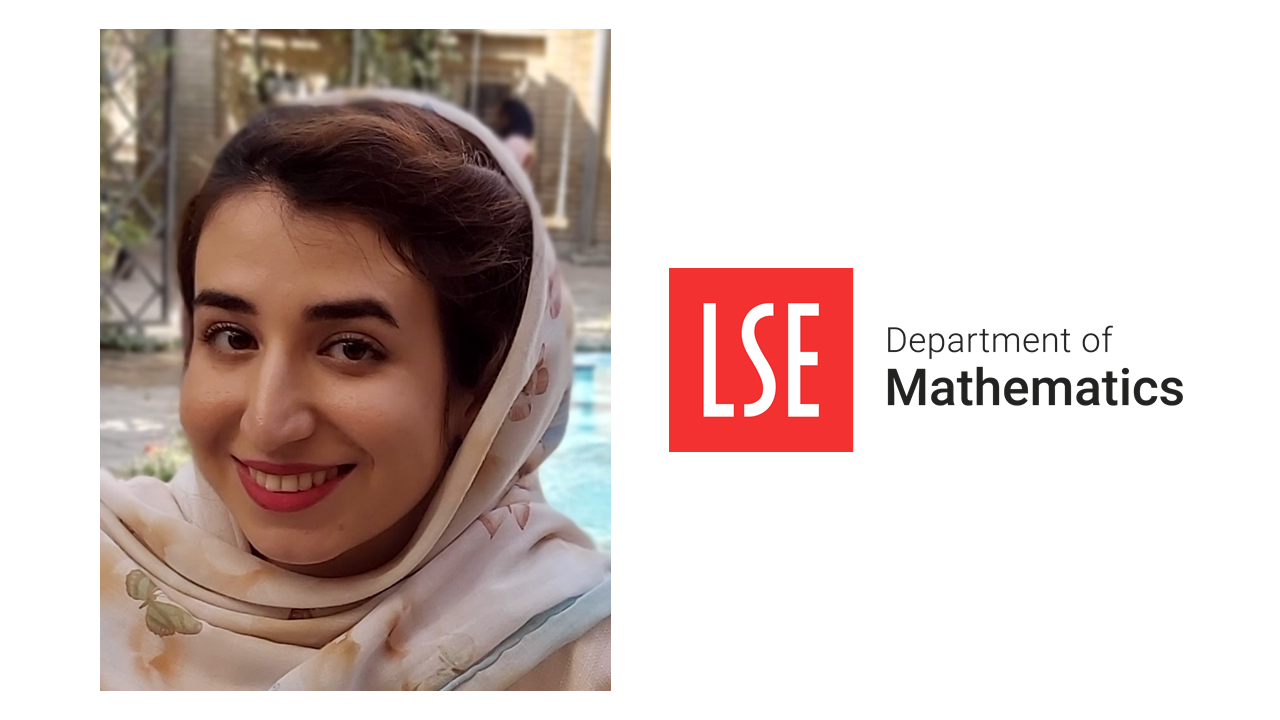 With the current refugee crisis showing no sign of abating, a fair and efficient method for distributing people to different countries is urgently needed. In this post, Philippe van Basshuysen looks at matching systems. Philippe is a Research Student in the Department of Philosophy, Logic and Scientific Method. He mainly works on game theory, and has recently become interested in how to improve policy making through the implementation of ideas from game theory.
With the current refugee crisis showing no sign of abating, a fair and efficient method for distributing people to different countries is urgently needed. In this post, Philippe van Basshuysen looks at matching systems. Philippe is a Research Student in the Department of Philosophy, Logic and Scientific Method. He mainly works on game theory, and has recently become interested in how to improve policy making through the implementation of ideas from game theory.

There is heated academic and public debate over how keys for the distribution of refugees or asylum seekers over possible host countries can be designed fairly, and whether or not a federation like the EU can impose binding quotas for refugee reception. What figures less prominently in the public debate is the question, not of how many, but of who. But both questions must be addressed: even if some states or a confederation of states come to an agreement on binding quotas, the question of which refugees get assigned to a given country in order to fill its quota is yet to be answered.
Moreover, note that the two questions are connected in important ways. For example, if a state has good experiences with the integration of a certain group of refugees, it may be willing to accept more refugees in the future. Furthermore, if a state has a fixed budget for receiving refugees, when receiving a group of refugees whose expected costs for that country are lower than the average (e.g., because they speak the country’s language so no language courses must be provided by the state), its quota may be increased. So even if you are really concerned with quotas, you should also be interested in the second question. And this is the question we will be concerned with here.
Applying matching theory to the distribution of asylum seekers
Matching theory is a well-studied field of research in (cooperative) game theory, and is associated particularly with the name of Nobel laureate Alvin Roth. The most prominent cases in which matching theory has been successfully applied include kidney exchanges, the allocation of doctors to hospitals, or of schoolchildren to public schools.
In economic or game theoretical terms, the question of how to distribute refugees over countries for asylum is a matching problem: we have a market which is defined through two disjoint sets – refugees and states – such that members of the first are to be distributed over the members of the second. Moreover, members of both sides of the market have preferences over (groups of) members of the other side of the market. Relative to their preferences there are matchings which are more or less “good”, for example according to (Pareto-)dominance considerations, or according to stability conditions: intuitively, a given matching is regarded unstable (and hence, bad) if an asylum seeker is matched to a country far towards the bottom end of her preference relation, while a state she prefers would actually like to offer her asylum.
Recently, it has been argued by various economists and political scientists that designing a matching system for the allocation of asylum seekers over possible host countries may substantially improve the situations that both refugees and countries are currently facing.
According to these researchers, one of the main advantages for refugees is that, once implemented, such a matching system would take into account the preferences of refugees over countries, which is not the case in the current situation. For example, in the EU, the Dublin Regulation stipulates that an asylum seeker must apply for asylum in the country where she first entered the EU. But asylum seekers cannot usually choose where to enter the European Union, and particularly southern and south-eastern European countries are natural access points whereas central and northern European countries are not.
For the receiving countries, one of the main advantages is that they may benefit economically from the distribution the matching system produces. Suppose country A faces a high labour demand, whereas country B suffers under an overaged society and is willing to invest in the education of its future labour force. A matching system produces a distribution of asylum applicants sensitive to states’ preferences and may ensure that a relatively large number of workers get assigned to A, and families with children to B. This may make both countries better off relative to a random distribution.
My aim is to eventually evaluate such claims: should we, qua policy advisers, lobby for the implementation of a matching system for the distribution of refugees? But this question cannot be answered without reference to a specific matching system, because different such systems will differ importantly in the matchings they produce. This detailed look has so far been widely neglected in the literature on matching refugees to host countries. Hence, we look at how such a system could reasonably be expected to look, and design different matching systems satisfying different properties the policy maker may find desirable. The implications of each system can then be drawn and evaluated.
Some problems
As mentioned above, matching is a well-studied theory, and the formal implications of different matching systems are well known. A typical result is, for example, that for a market with a certain structure, there is an algorithm which always produces Pareto-optimal matchings with respect to the stated preferences of (subsets of) the members of the market; or that makes it a dominant strategy for some members to state their true preferences.
In addition to these formal results, a lot of empirical work has been done for large markets where matching systems were implemented, and both formal results and the case-studies are applicable to matching refugees to countries. However, some peculiarities are to be expected in this specific market.
First, matching systems are likely to be implemented in combination with distribution keys (though this is not necessary); but although a matching system can (and usually does) include a maximum quota, it is technically difficult to include minimum quotas (which distribution keys imply). Second, if the basic units to be distributed are asylum seekers, then it needs to be taken into account that not all are applying for asylum alone, but that there are couples, families with children, etc., that cannot be separated. Finally, whereas refugees may have preferences over possible host countries, states can have rather complex preferences over groups of refugees, and this can also make the system more complicated.
I am currently designing different systems that may take such different features of the market into account. What is needed in addition is to implement the matching algorithms and to successively simulate the possible outcomes using as much realistic data as possible. This will be future research. I believe applying matching theory to the refugee crisis is a promising approach, but there is still a lot of work to do before we can confidently impose a matching system.
Further reading
On distribution keys for refugees, and matching refugees to states:
- J. Fernández-Huertas Moraga, H. Rapoport (2014). Tradable Immigration Quotas. Journal of Public Economics 115, 94-108.
- W. Jones, A. Teytelboym. The Refugee Match: A system that respects refugees’ preferences and the priorities of states. (Forthcoming)
On matching theory:
- A.E. Roth, M.A. Sotomayor (1990). Two-sided matching: A study in game-theoretic modeling and analysis. Cambridge: Cambridge University Press.
This post was originally published on the Philosophy, Logic and Scientific Method blog





